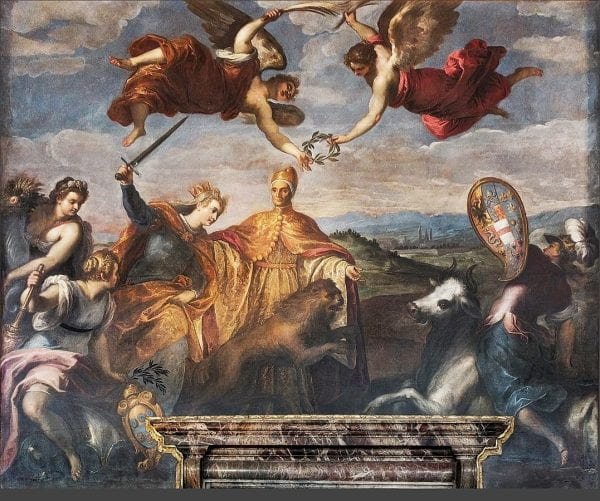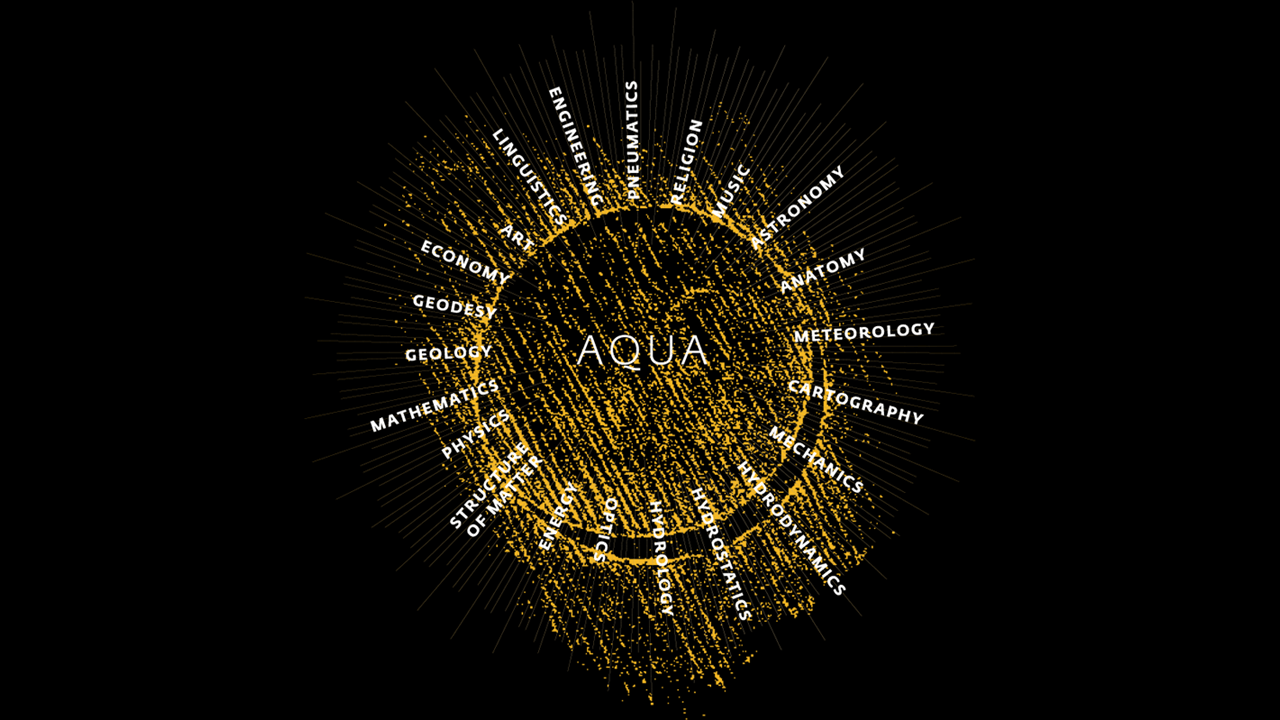Tag Renaissance
By contributing editor Luna Sarti This year several events will take place across the world to celebrate Leonardo da Vinci on the occasion of the 500th anniversary of his death. In Florence, where Leonardo lived and worked for several years,… Continue Reading →
by guest contributor Jane Raisch The difficulties of printing Greek are something of a refrain amongst its earliest printers. “Anyone who criticizes me is quite unjust and ungrateful,” the acclaimed printer of the classics, Aldus Manutius, complained in the preface… Continue Reading →
By Madeline McMahon Canons and decrees are like the conference proceedings of church councils—polished, authoritative, and reflective of conversations, formal and informal, that nevertheless are often elided in the process of editing. As a meeting place for theologians, historians, and… Continue Reading →
by guest contributor Elizabeth Biggs I’m sorry not to have been at the Renaissance Society of America Conference in Boston this last weekend. In the spirit of that conference, I want to introduce you to a wonderful renaissance manuscript currently… Continue Reading →
By guest contributor Alison Bumke While John Donne (1572-1631) was writing verse letters and elegies in the early 1590s, London was experiencing a major plague epidemic. His lyrics trace everyday life in a plague-stricken city, describing efforts to identify sources… Continue Reading →
by contributing editor Brooke Palmieri John Dee (1527-1609) dreaded the loss of his library decades before he died. In a diary entry from 24 November 1582 he recorded a nightmare in which his books were burned by a jealous rival…. Continue Reading →
by Madeline McMahon In the fifteenth century, a rash of treatises were written by Italian clerics ascribing local icons of the Madonna and Child to St. Luke. Manuscript treatises such as that by the Roman canon Giovanni Baptista not only… Continue Reading →
by guest contributor Cynthia Houng “So the point of my keeping a notebook has never been, nor is it now, to have a factual record of what I have been doing or thinking. That would be a different impulse entirely,… Continue Reading →




